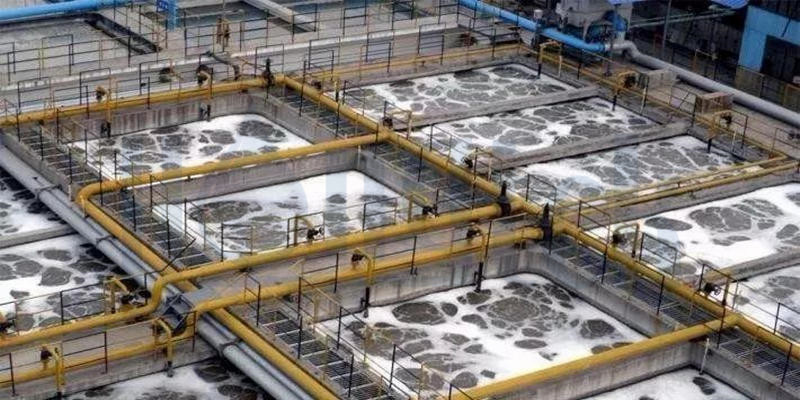
Lithium battery is a relatively clean new energy, but the production wastewater generated during the production process of lithium battery is a typical high-concentration organic wastewater. The wastewater mainly contains N-methylpyrrolidone, carbon powder, organic lipids, etc. Although the relative amount of water is small, the wastewater has complex components, poor biodegradability, non-biodegradability, and certain toxicity. If the lithium battery production wastewater that has not been thoroughly treated is directly discharged into the water environment, it will greatly affect the water ecological environment and threaten human health.
Then how should we deal with battery production industrial wastewater? Let’s check the mainly treatment methods as following:
1. Chemical precipitation
The chemical precipitation method is to add certain chemical substances to the wastewater to cause it to have a direct chemical reaction with the pollutants to be removed in the wastewater and forms water-insoluble precipitates to separate and remove contaminants. Due to the chemical method, a large amount of chemical agents are generally added and precipitated in the form of precipitates. This determines that there will be a large amount secondary pollution after chemical treatment, so its application in engineering and future sustainable development will have a huge negative effect.
2. Microfiltration
Microfiltration technology is often used in the further filtration of high-purify water used in the electronics industry, semiconductors, and large-scale integrated circuit production. The microfiltration method uses the interception ability of porous materials to remove impurity particles of a certain size in the water by means of physical interception. Filter materials can be divided into many types, such as Pleated Filter Cartridges, melt blown cartridges, String Wound Filter Cartridges, bag filters and Membrane Pleated Filters, etc. Driven by pressure, particles with a diameter between 0.1 and 1 micron are trapped, such as suspended solids, bacteria, some viruses, and large size colloids, which are mostly used in water pretreatment systems.
3. Electrolysis
The principle of electrolysis is that heavy metal ions get electrons on the surface of the cathode and are reduced to metal. The electrolysis method generally does not need to add a lot of chemicals in the treatment of wastewater. The post-treatment is simple, the area is small, the management is convenient, and the amount of sludge is small, so it is called clean treatment method. It’s difficult to use electrolysis to treat battery production of lead-containing wastewater. However, it can be seen from foreign studies that electrolysis is a promising method to treat lead-containing wastewater.
4. Activated sludge method
Activated sludge method is the main method of biological treatment of wastewater with activated sludge as the main body. The activated sludge method is to continuously pass air into the wastewater, and after a certain period of time, the sludge-like flocs formed due to the reproduction of aerobic microorganisms. It is inhabited by a group of microorganisms dominated by bacterial gelatin, which has a strong ability to adsorb and oxidize organic matter. It is essentially similar to the self-purification process of natural water bodies, but after artificial intensification the effect of sewage purification is better
All in all, judging from the results of years of production, experimentation and research, it is difficult to achieve satisfactory results if a certain method is used alone. In the treatment of lead-containing wastewater in battery plants, a variety of methods must be combined and optimized according to the production process, the quality and quantity of the wastewater, the local environment and the recycling situation, in order to realize the comprehensive treatment of the lead-containing wastewater in battery plants.